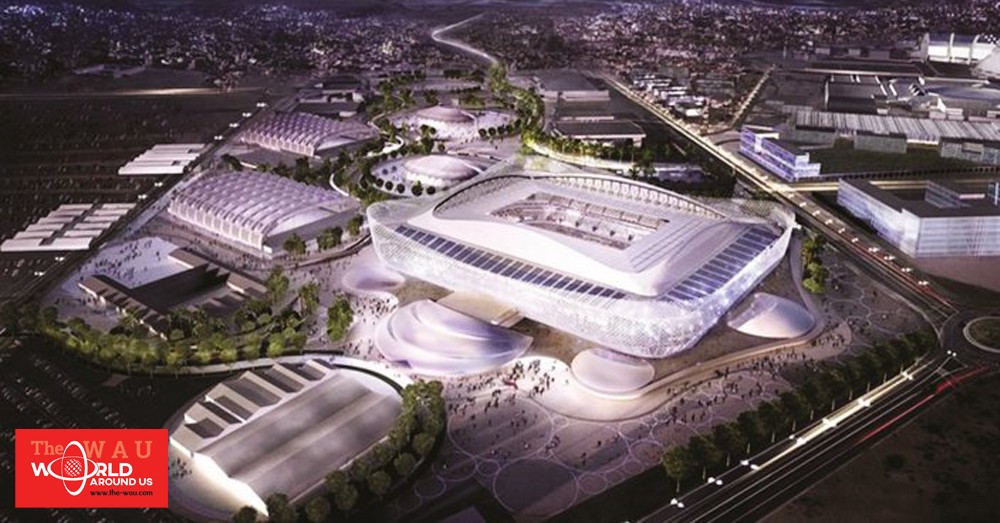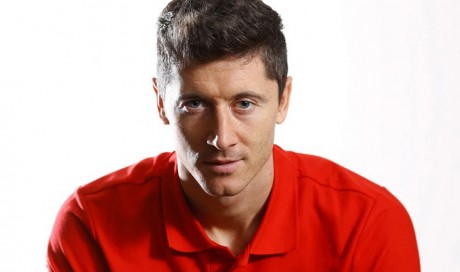Al Rayyan Stadium, one of the key venues that will host matches of 2022 FIFA World Cup, is named after one of the old Qatari cities.
Built on the site of Ahmed Bin Ali Stadium, the new Al Rayyan Stadium incorporates symbols of Qatari culture into its spectacular undulating facade.
The facilities surrounding the venue, which will host up to 40,000 fans during 2022 FIFA World Cup matches, will also mirror Qatar, with sand dune-shaped structures recalling the wonderful desert nature of an important part of the country.
Al Rayyan Project Manager at Supreme Committee for Delivery & Legacy (SC) Abdulla al-Fehani said that Al Rayyan Stadium reflects symbols of Qatari culture into its spectacular undulating facade.
The facilities surrounding the venue will also mirror the country, with sand dune-shaped structures recalling the beautifully wild lands to the west.
In an exclusive interview with Qatar News Agency (QNA), al-Fehani said that Al Rayyan’s location on the edge of the desert has shaped a resourceful city that does not tolerate waste. Therefore, from its very conception, Al Rayyan Stadium project has had sustainability at its core, backed by the commitment of the SC to green building.
He added that the seating capacity of the stadium, which will be up to 40,000 fans, will be reduced to 20,000 in the post-tournament as the other 20,000 seats will be donated to football development projects abroad in co-ordination with the FIFA, adding the smaller post-tournament arena will enable Al Rayyan to maintain the intimate, neighbourly character it is famous for.
Al-Fehani pointed out that the design of Al Rayyan Stadium tells the story of Qatar. Its most striking feature is a glowing facade, made from patterns that characterise different aspects of the country: the importance of family, the beauty of the desert, the native flora and fauna, as well as local and international trade.
A seventh shape, a shield, brings together all the others, representing the strength and unity that is particularly relevant to the proud desert town of Al Rayyan.
He added these patterns are like the geometric shapes often found in Islamic architecture and their impressive intricacy reflects the exquisite handicrafts produced in Qatar.
“If fans can take their eyes off the spectacular sight of Al Rayyan Stadium itself, they will see that other parts of the district echo the desert motif, including dune-shaped hospitality areas and merchandise stalls. Nightfall will bring another dimension to the scene as several nearby buildings light up with a soft glow, welcoming visitors from far and wide.”
Al Rayyan project manager said the stadium will offer a special opportunity for the fans who want to tour its facilities during the game or between the two rounds of the matches or even before the match, without the need to buy a new ticket as these facilities will be located within the building and in the area surrounding the stadium, to which much importance was given during the design phase so that it forms the real legacy after the end of the World Cup.
Al-Fehani pointed out that many of the materials from the deconstructed Ahmed Bin Ali Stadium that once occupied this site will be used throughout the stadium complex, and some will even find a place in public art installations.
“Over 80% of the construction materials are being reused or recycled. Trees that once surrounded the old venue have been retained for future replanting, minimising damage to the natural environment.”
He said that energy and water efficiency measures are put into place in the 450,000m2 stadium, and further reductions in the stadium’s carbon footprint will come especially that the surrounding area will have walking and biking trails. Al Rayyan precinct will have conveniently located bike lanes and walking paths, as well as 150,000m2 of new green space featuring native, low water consumption plants for the community to enjoy.
With capacity being reduced to 20,000 in legacy mode and those additional seats being sent to nations in need of sporting infrastructure, he said the precinct surrounding the stadium will also include a range of facilities which will cater to the needs of the people of Al Rayyan.
The Al Rayyan project manager added locals will also be keen to experience the many other sporting facilities that are springing up as part of this stadium complex. Cricket pitches, football training pitches, an aquatics centre, tennis courts, a skate park, and an athletics track are just some of the facilities that the community can look forward to using in coming years.
Al Rayyan Stadium will play a leading role in fulfilling the key Qatar National Vision 2030 objective of promoting healthy lifestyles in Qatar, al-Fehani pointed out.
He added that Al Rayyan will also offer places for those who want to take it a little easier, ideal for warm days on the fringes of the desert. Beautifully landscaped parks, cafes, fountains, walkways, and spas will take their place alongside the stadium.
Al Rayyan Stadium is scheduled to be completed by the end of 2019. Although this project is an international endeavour, one crucial element of the stadium – its 40,000 seats – will be produced by local company Coastal Qatar. This boost to Qatar’s economy is just one small part of the long-term legacy being created here.
According to the Al Rayyan project manager, work is under way on the project and it is going according to the schedule. Its design phase began in 2014, followed by the destruction of the old stadium in 2015, and the main excavation of the stadium and then construction work in 2016.
At the end of 2017, construction at Al Rayyan Stadium reached a major milestone following the completion of more than 5mn manhours without a ‘Lost Time Accident’.
Al-Fehani added that the work hours in Al Rayyan Stadium project reached about 25mn manhours, considering the different numbers of workers in the project, as 4,700 people currently work at Al Rayyan Stadium. This number is expected to exceed 5,000 during the coming period when the final stage of the construction is reached.
Al-Fehani stressed that the project’s work plan considers the preservation of workers’ rights and security and safety standards according to the local standards of the Ministry of Labour as well as international standards. The most important of these is that it required contractors to provide workers’ accommodation close to the playground to ensure safety and easy movement of workers to the project.
Share This Post















